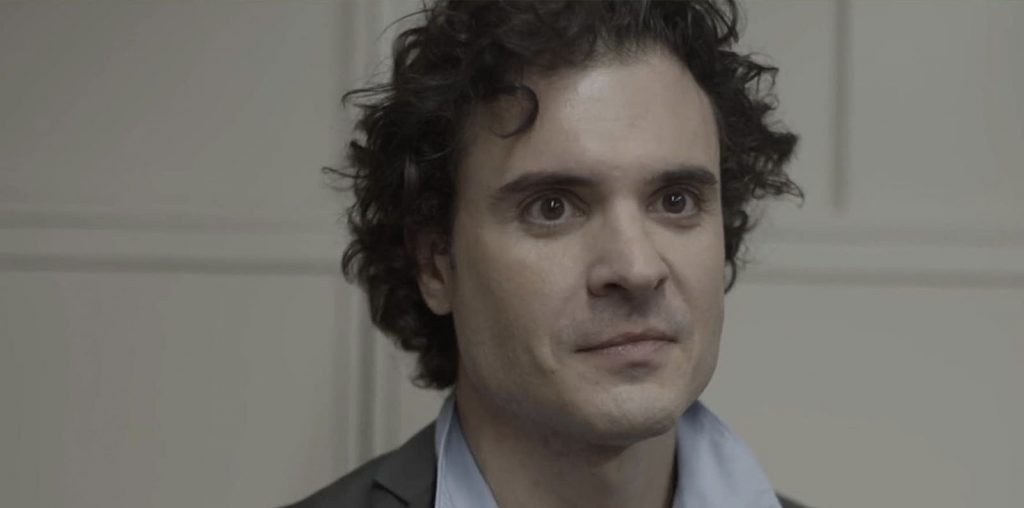
“Down in the Valley” captures a California landscape with skies as wide as the sprawling development below. As planes continually descend overhead, plus-sized gas stations seem to battle fast food joints for territory on the roadways. With a smooth, moody western tune on the soundtrack, we learn that the San Fernando Valley is the one in question. The tone connects once we meet Harlan (Edward Norton), an urban cowboy who’s not content with just a hat and swagger, but packs a lasso and six-round shooter too. A token eccentric, he is a misfit destined for such a locale.
And as a filling station attendant, Harlan blends into the mass of commodity – until he meets eyes with a teenager, Tobe (Evan Rachel Wood), through a rear windshield. Their connection wakens both from their respective numbness in suburbia and begins a compelling journey.
Harlan abandons his job to join Tobe for a ride to the beach, an environment that Harlan has never visited. As the two bond, Norton suggests both the innocent and deceitful in Harlan, and Wood – the fair-skinned star of the rebellion drama “Thirteen” – makes the adventurous Tobe appear more mature (though underage) than her new love interest. Together, both actors carry out a premise that could have failed at “hello.”
While all’s fair on the beach, their relationship is tested when Harlan approaches her home as a bona-fide suitor. There he meets predicable opposition in the form of Tobe’s struggling single father (David Morse). Though feeling like a plot necessity (and playing like one in a couple of scenes), Morse’s menacing presence casts a shadow over the couple. Harlan strikes up a friendship with Tobe’s younger brother, Lonnie (Rory Culkin), though Tobe doesn’t realize it’s based as much on Harlan’s immaturity as his brotherly instinct. He invites little Lonnie along on a date with Tobe, but cannot resist sneaking him out to shoot bottles. Harlan soon proves himself an unreasonable mate for Tobe when he goes to an extreme to save their relationship.
The film succeeds the most in the third act, when writer/director David Jacobson finds a well-paced mix of character development and suspense – the latter rooted firmly in the tradition of the western. This romance turned thriller may sound forced, but it will be a treat for shoot-‘em-up fans and the intellectually curious alike. Jacobson, unlike many of his contemporaries, uses the West as more than a backdrop for a quirky drama: far beyond an ideal for Harlan, it proves to be the root of his motivations. The film manages to deploy this and still captures the flavor of a contemporary indie – courtesy of an innovative auteur and one of our greatest male performers.

